
The Role of Technology Connections in Advancing Smart Cities-In recent years, the concept of smart cities has evolved from a futuristic dream into a tangible reality. These cities use cutting-edge technology connections to improve urban life, making it more efficient, sustainable, and inclusive. The power of technology connections is at the heart of this transformation, enabling a variety of devices, systems, and networks to work together seamlessly. In this article, we will explore how technology connections are helping to advance smart cities and improve the quality of life for their residents.
What Are Smart Cities?
A smart city is a urban area that uses various types of electronic data collection sensors to manage assets, resources, and services effectively. These cities rely heavily on technology connections to gather data from interconnected systems, enabling real-time decision-making that can enhance urban living. From traffic management to waste disposal, healthcare, and energy consumption, the integration of technology in city infrastructure is revolutionizing how cities function and improve the lives of their citizens.
Enhancing Urban Mobility Through Technology Connections
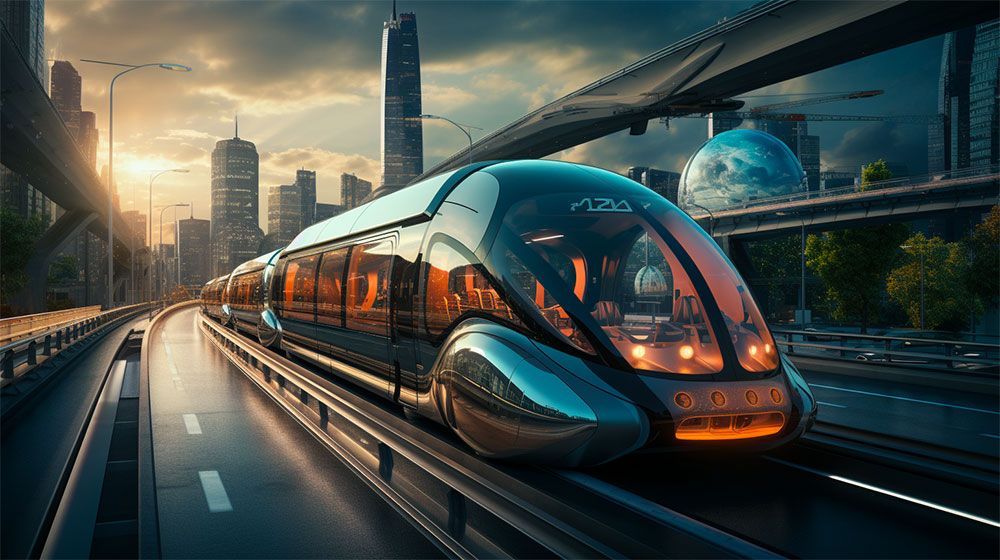
One of the primary benefits of technology connections in smart cities is the transformation of urban mobility. As cities grow, managing traffic and public transportation becomes increasingly difficult. With the help of IoT (Internet of Things) devices, sensors, and data analytics, cities can now monitor traffic patterns in real time and adjust traffic lights to optimize flow.
For example, smart traffic lights can adjust to real-time traffic data, reducing congestion and making commuting more efficient. Ride-sharing services, such as Uber and Lyft, can also be integrated into city transport systems through technology connections, providing seamless access to alternative transportation options. Electric vehicle (EV) charging stations are connected via a network, allowing users to find and reserve charging spots easily.
Moreover, autonomous vehicles are an emerging technology that promises to significantly improve urban mobility. These vehicles will rely on technology connections to communicate with other vehicles and traffic management systems, ensuring safe and efficient travel within smart cities.
Improving Public Safety with Smart Technology
Another key area where technology connections are driving innovation in smart cities is public safety. By using real-time data from surveillance cameras, sensors, and connected devices, smart cities can enhance security and quickly respond to emergencies.
For example, smart streetlights equipped with cameras and sensors can monitor pedestrian movement and detect unusual activity, such as accidents or criminal behavior. These lights can then send instant alerts to law enforcement agencies, enabling faster responses to potential threats. Additionally, connected emergency services can improve the coordination between hospitals, fire departments, and police, allowing for quicker dispatch and better resource management during emergencies.
Smart cities also use technology connections to improve disaster response and recovery. In the event of natural disasters like floods or earthquakes, connected sensors can provide real-time information about affected areas, helping authorities make data-driven decisions about evacuation, relief efforts, and recovery processes. (Read More: Electric Cars and Beyond: The Latest Car Technology Advancements of 2024)
Sustainable Energy Management Powered by Technology Connections
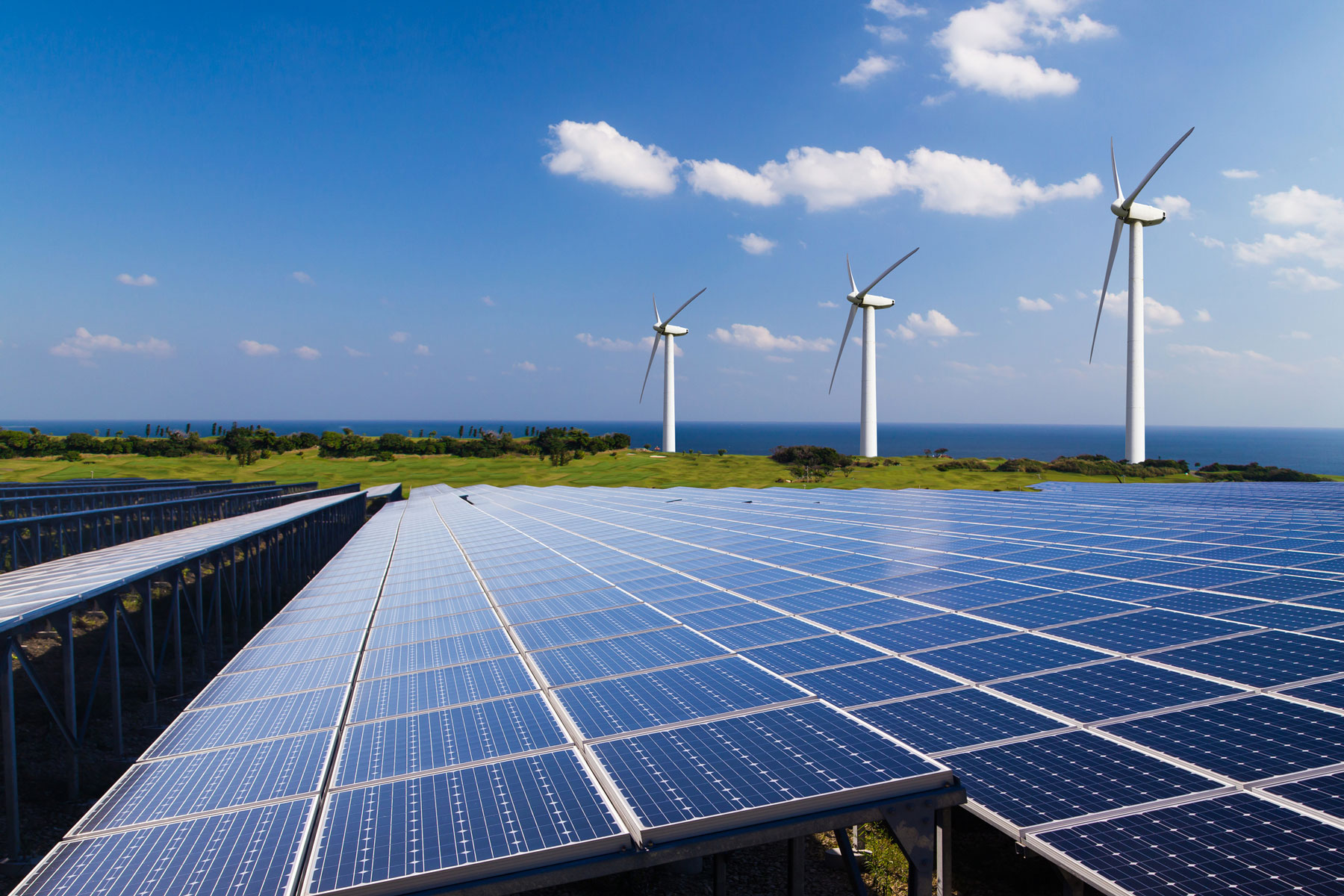
Sustainability is a central focus in the development of smart cities, and technology connections play a crucial role in managing energy resources efficiently. Smart grids, which rely on interconnected sensors and data analysis, help cities monitor and manage electricity usage in real-time, ensuring that energy is distributed efficiently.
For instance, smart meters installed in homes and businesses can track energy consumption and send data to the grid, allowing for more accurate billing and identifying areas where energy is being wasted. These systems also enable dynamic pricing, where energy costs vary based on demand, encouraging consumers to use energy during off-peak hours, reducing strain on the grid.
Moreover, renewable energy sources like solar and wind power can be integrated into smart grids, thanks to technology connections. Sensors track the availability of renewable energy and adjust the energy supply accordingly, reducing reliance on non-renewable resources and promoting sustainability.
Smart cities are also incorporating energy-efficient buildings equipped with IoT sensors that monitor and adjust heating, cooling, and lighting systems. These buildings not only reduce energy consumption but also provide a more comfortable living and working environment for residents.
Smart Waste Management Systems
Waste management is a critical issue in growing urban areas, and technology connections are playing an essential role in solving this problem. Smart waste management systems use IoT sensors to monitor waste levels in bins across the city. When bins are full, the system sends notifications to waste collection services, allowing them to optimize their routes and schedules, reducing fuel consumption and ensuring timely collection.
Additionally, some smart cities are using data from technology connections to promote recycling and waste diversion. Sensors in recycling bins can identify the types of materials being disposed of and sort them accordingly, ensuring that recyclable materials are properly processed.
This efficient approach to waste management reduces landfill waste, minimizes carbon footprints, and keeps the city clean and sustainable. (Read More: Cutting-Edge Aviation Technology: Enhancing Safety and Efficiency in Air Travel)
Enhancing Citizen Engagement with Technology Connections
One of the key aspects of a smart city is fostering greater engagement between residents and local governments. Technology connections enable citizens to interact with city services through apps, websites, and connected devices. For example, residents can report issues like potholes, broken streetlights, or garbage overflow through a mobile app, and the system immediately notifies the relevant authorities to take action.
These digital platforms also allow citizens to access real-time information about city services, such as public transportation schedules, upcoming events, and utility outages. This transparency empowers residents to take an active role in the development of their community, while also helping local governments address issues more efficiently. (Read More: Exploring the Impact of Computer Technology on Modern Business Strategies)
The Role of Data in Smart Cities
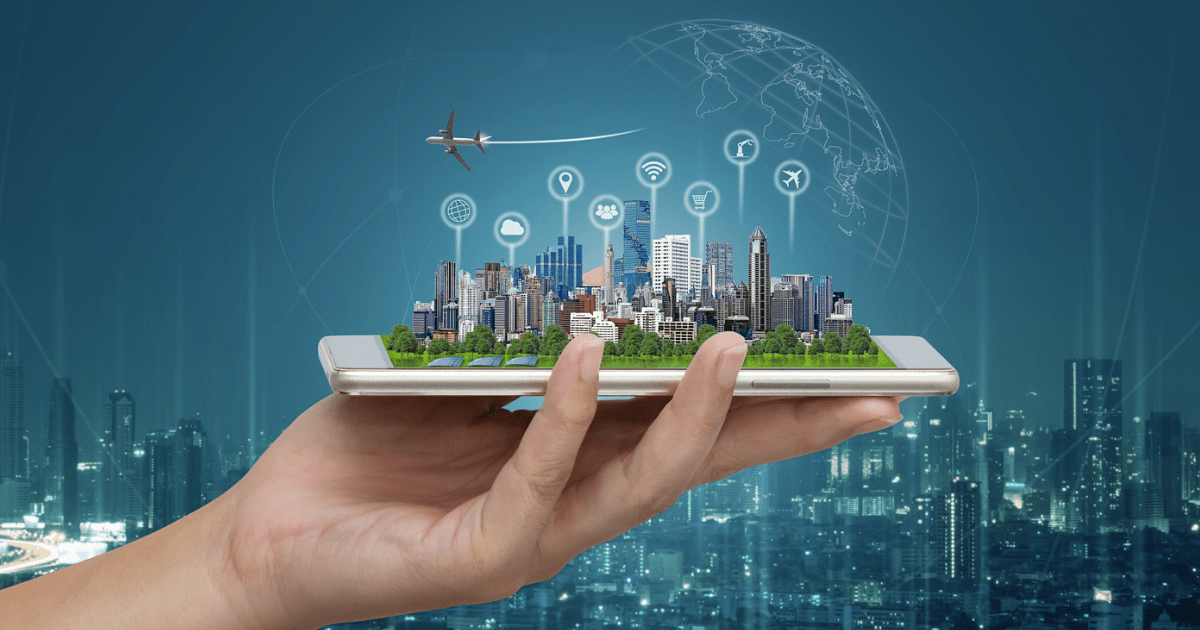
The success of smart cities is heavily dependent on the data generated through technology connections. With billions of sensors, devices, and systems interconnected, cities collect vast amounts of data every day. This data provides valuable insights into how the city is functioning, from traffic patterns to energy usage, waste management, and more.
Data analytics allows city planners to make informed decisions about infrastructure, urban design, and resource allocation. By analyzing trends and identifying patterns, cities can anticipate problems before they arise and implement preventive measures, leading to a more efficient and sustainable urban environment.
However, with the vast amount of data being collected, it is crucial that smart cities maintain strict data privacy and security measures. Technology connections need to be secure to protect citizens’ personal information and prevent cyberattacks that could disrupt city services.
Conclusion article The Role of Technology Connections in Advancing Smart Cities
As technology connections continue to evolve, smart cities will become even more integrated and advanced, offering more innovative solutions to urban challenges. From improving public safety and sustainability to optimizing transportation and energy usage, the benefits of technology connections are vast.
With greater connectivity and the increasing use of data, the future of smart cities looks promising. By fostering innovation, enhancing efficiency, and improving the quality of life for residents, technology connections will continue to play a crucial role in advancing the urban landscapes of tomorrow. As cities around the world adopt smart technologies, they pave the way for a smarter, more sustainable, and more connected future.
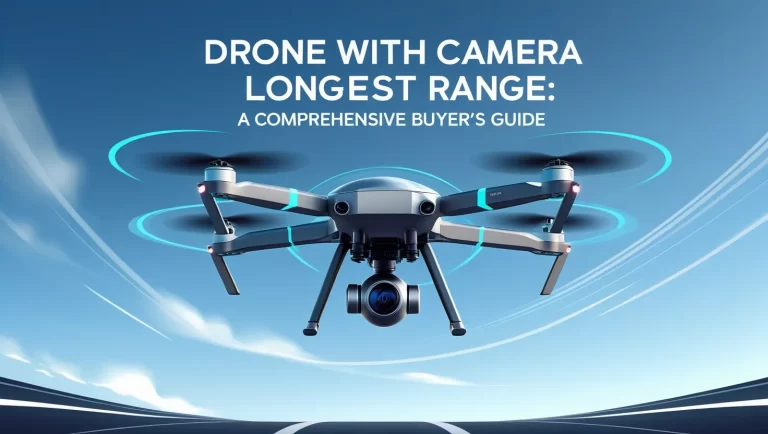

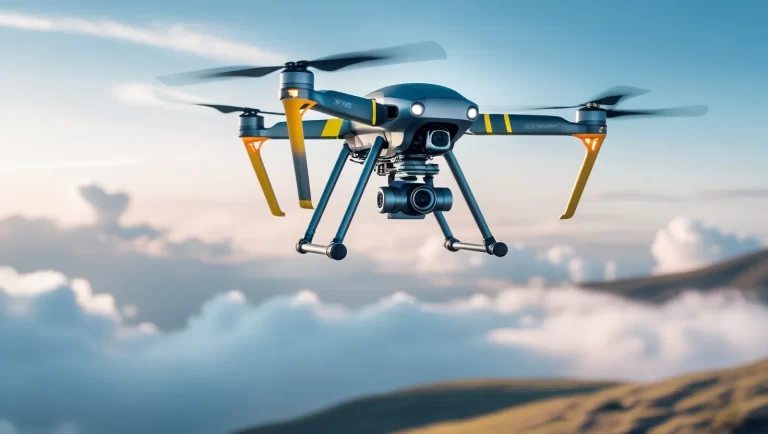
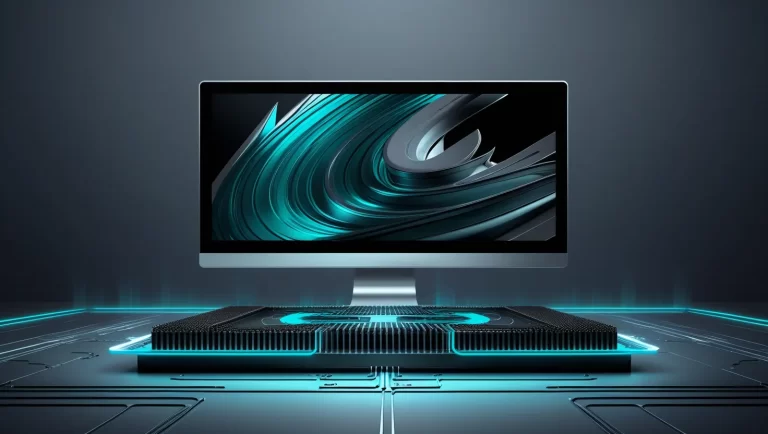

1 thought on “The Role of Technology Connections in Advancing Smart Cities”